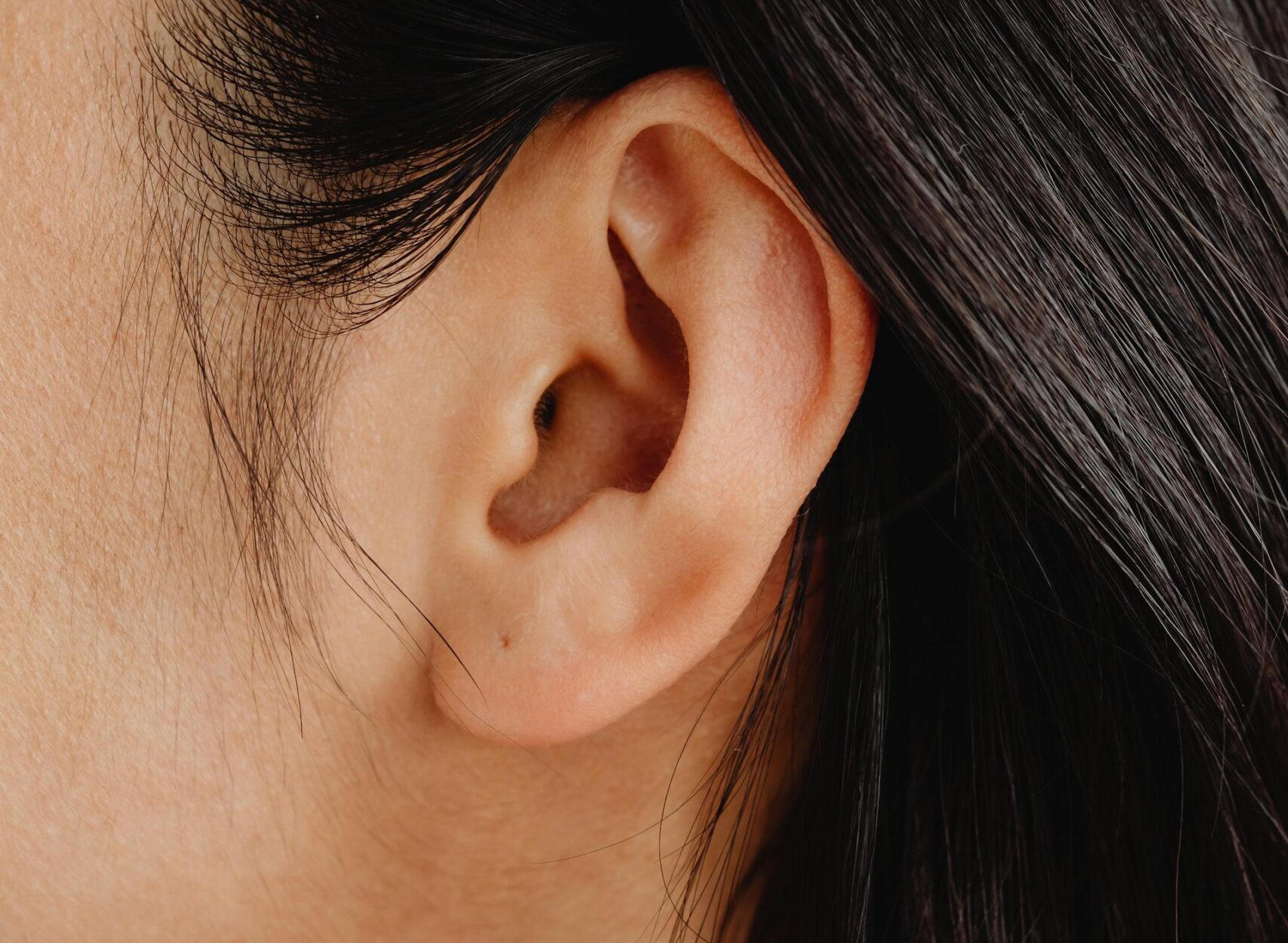Scientists unveil how gill structures of ancient fish paved the way for the evolution of the human ear, revealing stunning insights into its origins and construction.
Key Points at a Glance
- Researchers uncover the evolutionary origins of the human ear using fossil evidence.
- Advanced imaging techniques reveal the intricate development of hearing structures.
- The findings have implications for understanding sensory evolution in vertebrates.
The human ear, a marvel of biological engineering, has long fascinated scientists. Its ability to detect and process sound, balance the body, and contribute to spatial awareness is unparalleled. However, understanding how this intricate organ evolved has remained an enigma—until now.
Recent research has unveiled the secrets behind the ear’s origin and construction, providing new perspectives on its evolutionary journey. Scientists have combined fossil studies with state-of-the-art imaging techniques to map the progression of hearing structures in early vertebrates, offering a clearer picture of how this vital sensory organ came to be.
Fossils from ancient fish and early land-dwelling creatures provided the first clues about the ear’s evolution. These ancient organisms possessed primitive versions of structures that would later become parts of the modern ear, such as the inner ear’s semicircular canals and bones that eventually transformed into the auditory ossicles.
One key discovery involved the transition of gill arches in fish into jawbones and subsequently into ear bones in terrestrial animals. This transformative process highlights the evolutionary ingenuity that repurposed existing anatomical features for new functions, such as hearing in air rather than water. The gills, once crucial for breathing underwater, played a foundational role in the evolution of structures that support sound transmission in terrestrial environments.
Using high-resolution imaging technologies, researchers were able to visualize the microstructures of fossilized ears. These images revealed how different parts of the ear—such as the cochlea, semicircular canals, and eardrum—gradually evolved to improve sensitivity and functionality.
“These findings give us a clearer understanding of how natural selection shaped the ear’s intricate anatomy,” said one of the study’s lead researchers. “The combination of fossil evidence and modern imaging provides a comprehensive view of its evolutionary timeline.”
The research extends beyond the ear, offering insights into the evolution of sensory systems in vertebrates. By understanding how the ear developed, scientists gain a better grasp of the evolutionary pressures that shaped other sensory organs, such as the eyes and nose.
Moreover, the findings could inform medical research, particularly in addressing hearing loss and balance disorders. By studying the evolutionary adaptations that led to the modern ear, researchers may uncover new strategies for repairing or enhancing these functions in humans.
The study represents a milestone in the field of evolutionary biology. It bridges the gap between ancient anatomical structures and their modern counterparts, providing a detailed narrative of the ear’s transformation over millions of years.
As scientists continue to explore the evolutionary origins of complex organs, the ear stands as a testament to nature’s ability to innovate and adapt. Its journey from simple structures in ancient fish to the sophisticated organ we rely on today underscores the marvels of evolution.
